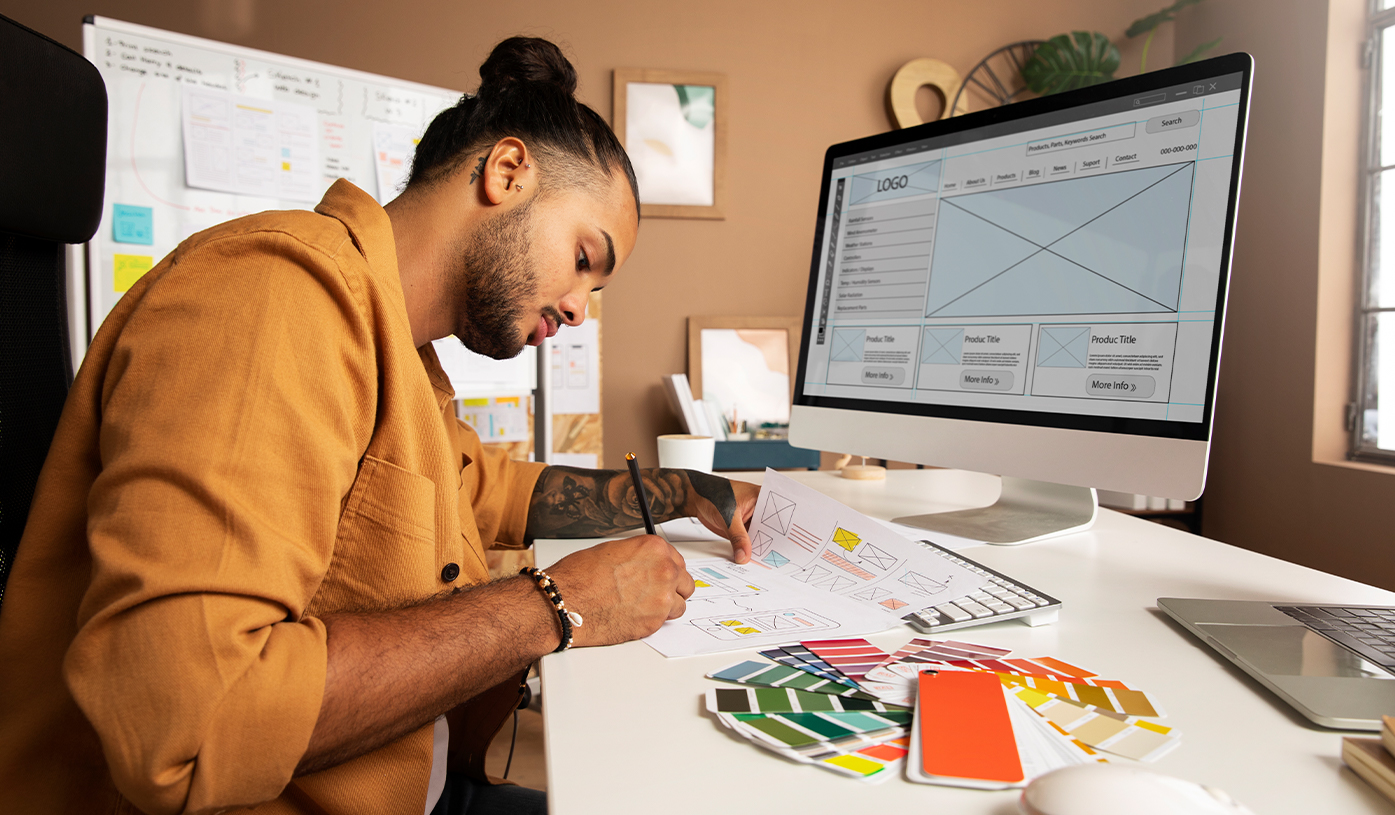Menu

Modern users don’t just scroll — they expect to interact. Seekvector identifies interactive design as one of the most powerful ways to enhance user experience, engagement, and conversion rates. Whether it’s hover animations, real-time forms, dynamic sliders, or scroll-triggered visuals, interactive features encourage deeper exploration and keep users involved.
In a crowded digital landscape where bounce rates are high and attention spans are short, interactivity is essential. It provides immediate feedback, entertains users, and strengthens your brand identity. With Seekvector's design strategies, you can go beyond static layouts and start building meaningful digital conversations with your visitors.
This guide explores the most effective types of interactive features, tools to build them, SEO considerations, and real-world implementation tips to help you create high-performance, user-focused websites.
Interactivity isn’t just eye candy — it has measurable effects on engagement and conversions.
Improves dwell time and lowers bounce rate
Increases form submissions and CTA clicks.
Makes content more memorable and engaging
Adds personality and professionalism to your site
📊 According to Seekvector's analytics, websites with interactive features experience an average of 34% longer session duration than static sites.
Quick visual feedback when users hover over elements like buttons or cards.
Change the background or text color.
Add subtle zoom or scale transitions.
Reveal tooltips or hidden details
Small animations that respond to specific user actions (e.g., toggles, likes, swipes).
Animate a "heart" icon when liked
Show success checkmarks after form submissions.
Typing indicators in chat interfaces
Dynamic forms that respond in real-time to user input.
Show password strength indicators.
Use progress bars for multi-step forms.
Include auto-fill and real-time validation
Create animations triggered by the user's scroll position.
Reveal sections gradually
Animate counters, charts, or SVG illustrations.
Fade-in testimonials or feature blocks
Tools Seekvector Recommends for Building Interactivity
Figma + Smart Animate
LottieFiles for vector animations
GSAP (GreenSock Animation Platform)
Framer Motion for React projects
ScrollTrigger (scroll-based animation triggers)
Swiper.js (touch sliders and carousels)
Anime.js (fine-tuned transitions)
🔗 Check out the Seekvector UI Toolkit to explore integration-ready elements.
Minimize animation weight with .json or SVG formats.
Lazy-load off-screen content
Limit simultaneous animations to avoid lag
All interactive elements must be keyboard-navigable
Use proper ARIA labels and focus states.
Avoid animations that trigger motion sickness (respect prefers-reduced-motion CSS media query)
Test on real devices and emulators
Ensure touch-friendly elements (≥48px tap target)
Optimize interactions for portrait mode.